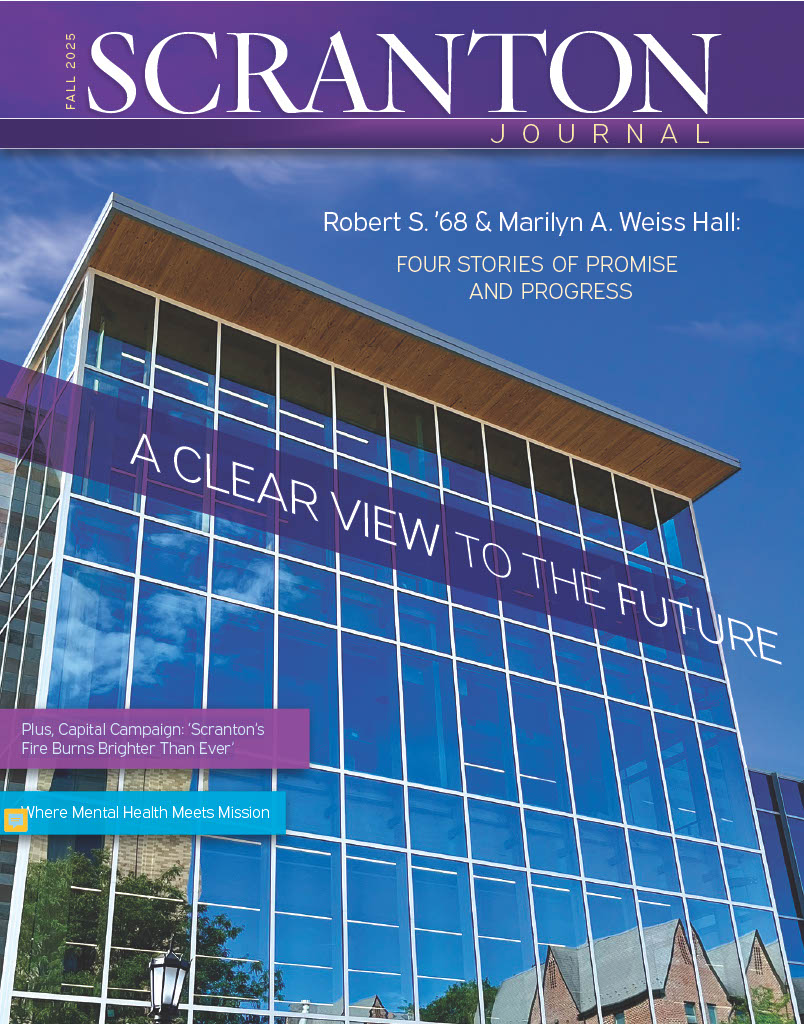Scranton, like many post-industrial cities, has struggled to maintain its population and employment opportunities while combating a negative reputation as a “dying town” among locals and outsiders alike. While it’s true that Scranton’s population plummeted between 1950 and 2000, the past 16 years have seen Scranton’s population holding steady (at approximately 76,000), mostly thanks to new immigrants.
Although it is unlikely that Scranton will ever return to its industrial “glory days” of the early 20 th century, when coal, iron, and manufacturing were strong, there are many signs that Scranton is in the midst of a revival. In the past 10 years, the downtown, a cornerstone of any small city, has undergone a commercial, architectural, and cultural revitalization. Thanks to the residential conversion of historic industrial buildings, more people are living downtown than ever before. Many commercial spaces are being reimagined as mixed-use spaces (mixing commercial, social, and community uses) for residents and visitors. One recent example is the Steamtown Mall, which will host a permanent public market by 2017, inspired by Philadelphia’s Reading Terminal Market.
A second indicator of Scranton’s renewal can be found in the neighborhoods that lend Scranton its authentic culture. Parks, houses, and commercial buildings are being rehabilitated, including previously distressed areas in West and South Scranton. The Elm Street Revitalization Project in South Scranton is spearheaded by a local nonprofit organization, United Neighborhood Centers of Northeastern Pennsylvania. Similar to “Main Street” downtown revitalization initiatives across the country, the project is designed to decrease crime, reduce blight, and to create a sense of community among diverse residents in this historic neighborhood.
My research studies in Scranton (Rich, 2013; Cabrera and Rich, 2015) have focused on revitalization strategies employed by Scranton’s community stakeholders at both the grassroots and public policy levels, and my assessment of the city is mixed. While Scranton is not likely to become the “Athens” (as Ashville, North Carolina is often called) of Pennsylvania, there is huge potential for it to grow on its strengths—high levels of social capital (neighborly trust and reciprocity), thick social ties, a walkable downtown and neighborhoods, new immigrant communities, and plentiful historic housing stock. One young woman I spoke to in my 2013 study of downtown returned to Scranton after graduating from college to open a boutique. She told me: “I made the decision to stay in Scranton because there is potential and there are people who care enough to stick around and see that potential through. And that’s exciting to me. I don’t get that everywhere else I go. There are other great cities. There are better cities with people who already have these things implemented and are doing it, but the thought of being able to stay here and see something grow and progress and to be a part of that is really important to me. I’d like to see the changes that need to happen, happen here.”
The ability to fully participate in the revitalization of Scranton is a result of its smallness and the strong social networks already in place. Even though thick social ties can sometimes bind, many Scrantonians view these ties as the glue holding the city together, assisting them in their endeavors to revitalize the city. If Scranton relies on its strengths and “authentic” culture, it not only becomes a more attractive city for newcomers, but improves the quality of life for those who already call this city home.
"There’s something just real. There’s something very authentic about [Scranton] … I think nobody has patience for a certain amount of pretension or people trying to just be showy or make themselves out to be more than they are. That doesn’t really impress anyone. You know, people have a more grounded set of values, I think … you’re expected to prove yourself, no matter who you are. And hard work is so important here … it’s the substance, not just the way it looks on the outside. People really care about what’s really there."
- female journalist in her 30s
References:
Rich, Meghan Ashlin. 2013. “From Coal to Cool’: The Creative Class, Social Capital, and the
Revitalization of Scranton.” Journal of Urban Affairs 35:365-84.
Cabrera, Joseph and Meghan Ashlin Rich. 2015. “Building Bridges or Hunkering Down? Social Capital and Social Interaction in a Diverse Urban Neighborhood.” Paper read at the Society for the Study of Social Problems Annual Meeting, Chicago, IL.


